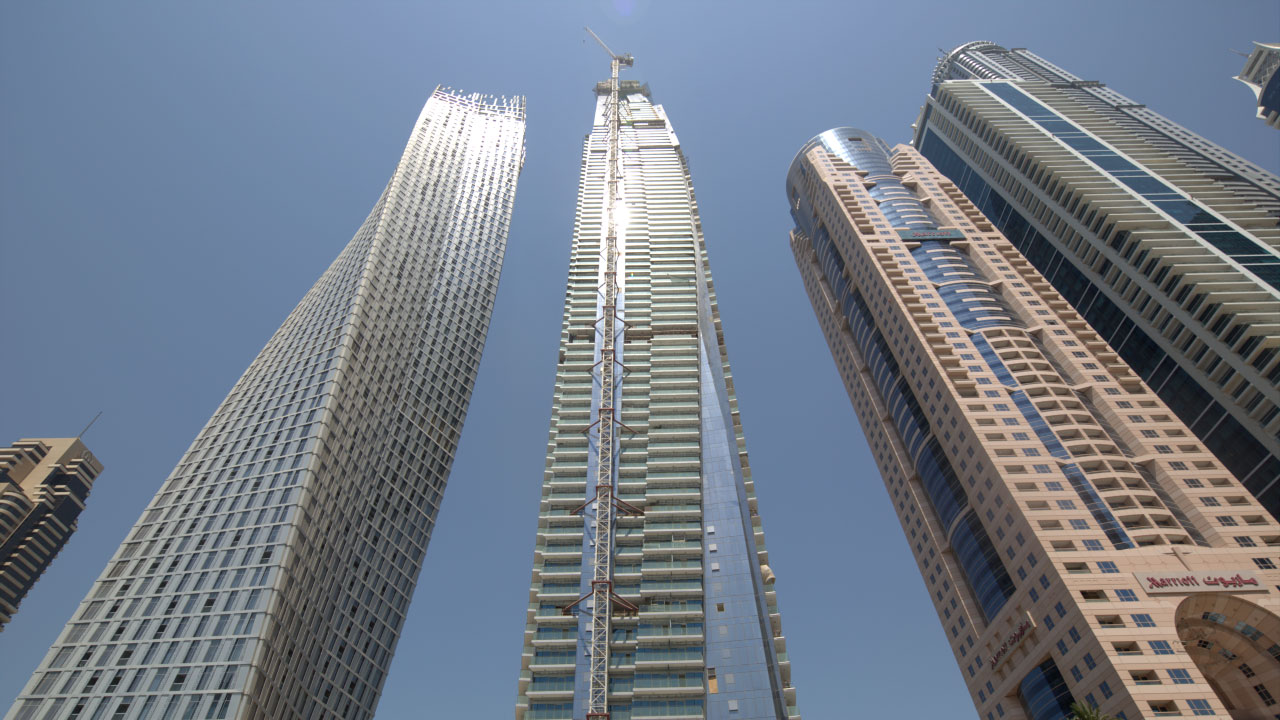(Spanish follows English)
We've all heard about artificial intelligence and machine learning, and most applications that reach the news are usually in the commercial side of things (e.g., Amazon, Netflix, or Spotify suggestions). But there's a huge opportunity in most engineering applications as these are usually vastly complex with numerous variables and uncertainties.
One area where machine learning is providing with new insights is earthquake engineering--extremely important in quake-prone regions as Peru--and, for that, we were happy to have Dr. Henry V. Burton, Associate Professor and the Englekirk Presidential Chair in Structural Engineering at UCLA, and a leading expert in the area, joining us on November 11th and discussing the theme "Machine Learning Applications in Earthquake Engineering".
Dr. Henry V. Burton is an Associate Professor and the Englekirk Presidential Chair in Structural Engineering in the Department of Civil and Environmental Engineering at the University of California, Los Angeles. Ph.D., in Structural Engineering at Stanford University and BS in Civil and Environmental Engineering at Morgan State University. His research is directed towards understanding and modeling the relationship between the performance of built infrastructure systems, and the ability of communities to minimize the extent of sociotechnical disruption following natural hazard events. Dr. Burton is a registered structural engineer in the state of California and has years of professional practice at Degenkolb Engineers, where he worked on numerous projects involving design of new buildings and seismic evaluation and retrofit of existing buildings. He is a recipient of the National Science Foundation Next Generation of Disaster Researchers Fellowship (2014) and the National Science Foundation CAREER Award (2016).
(Versión en español)
Todos los días nos llega una noticia nueva sobre inteligencia artificial o aprendizaje por computadora, con aplicaciones normalmente constreñidas al área comercial (e.g., sugerencias de Amazon, Netflix o Spotify). Pero hay en realidad una inmensa oportunidad de aplicar estas estrategias en aplicaciones ingenieriles ya que éstas son tremendamente complejas con numerosas variables.
Un área en donde la inteligencia artificial y el aprendizaje por computadora están iluminando nuestro conocimiento es la de ingeniería sismoresistente--extremadamente importante en regiones de alta susceptibilidad sísmica, como el Perú--y, por ello, estuvimos muy contentos de haber contado con la presencia del Dr. Henry V. Burton, Profesor Asociado y Englekirk Presidential Chair en Ingeniería Estructural en UCLA, y un experto en el área, el pasado 11 de noviembre, quien compartió con nosotros el tema "Aplicaciones de Aprendizaje por Computadora en Ingeniería Sismoresistente".
El Dr. Henry V. Burton es Profesor Asociado y Englekirk Presidential Chair en Ingeniería Estructural en el Departamento de Ingeniería Civil y Ambiental en la universidad de California, en Los Ángeles. Obtuvo su PhD en Ingeniería Estructural en la Universidad de Stanford, y su grado de bachiller en ciencias en Ingeniería Civil y Ambiental en la Universidad Estatal de Morgan. Su trabajo de investigación se enfoca en entender, comprender y modelar la relación entre la performance de sistemas de infraestructura concluidos y la habilidad de las comunidades en minimizar el alcance de las disrupciones causadas por fenómenos naturales. El Dr. Burton se encuentra registrado como ingeniero estructural en el estado de California y tiene años de experiencia como parte de Degenkolb Engineers, donde trabajó en numerosos proyectos tanto de diseño de edificios nuevos como de refacción de estructuras más antiguas. En 2014, recibió el premio a Siguiente Generación de Investigadores de Riesgo de la Fundación Americana de la Ciencia y en 2016 el premio CAREER de la misma institución.
La siguiente es una grabación de su presentación:
